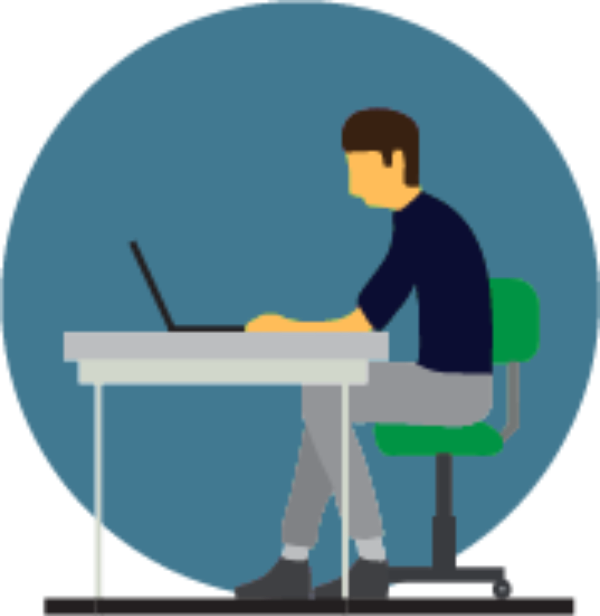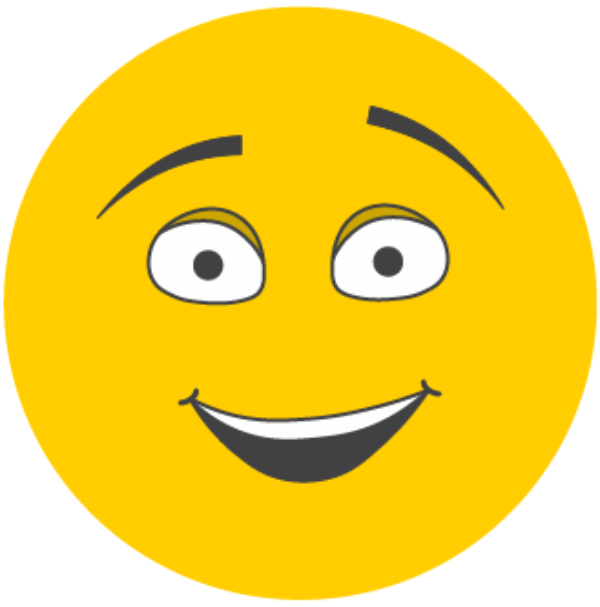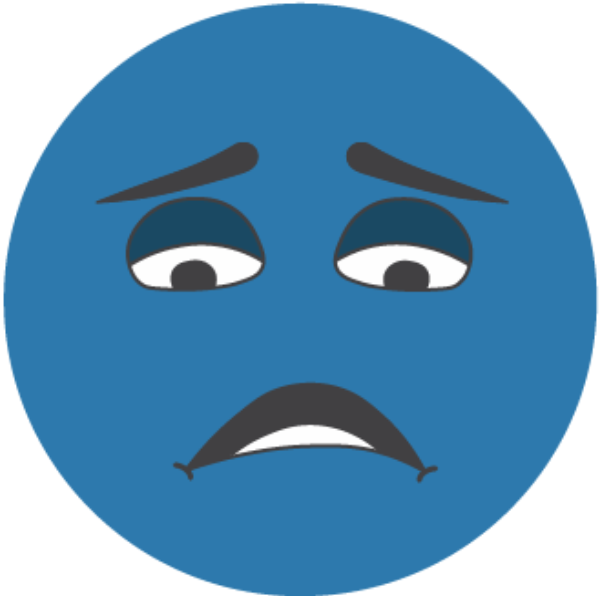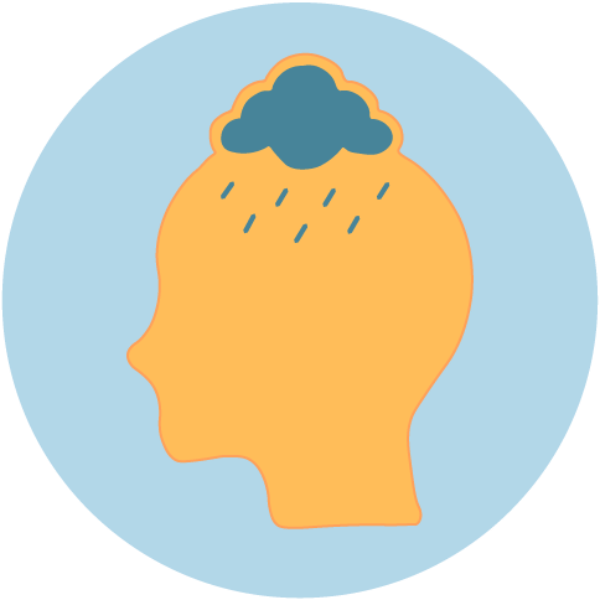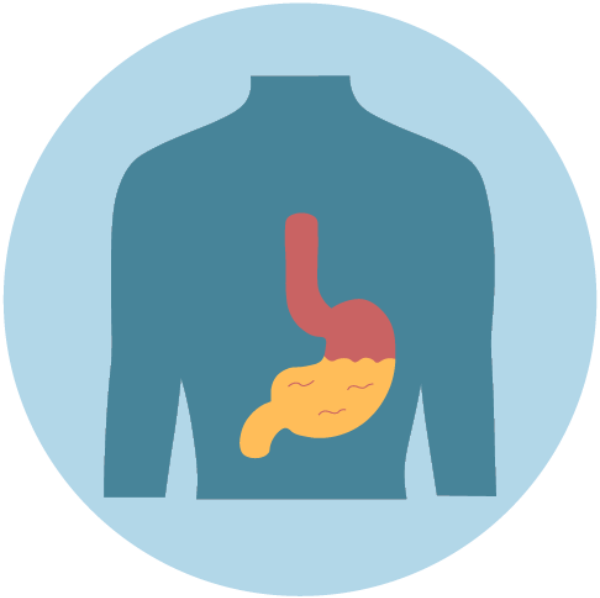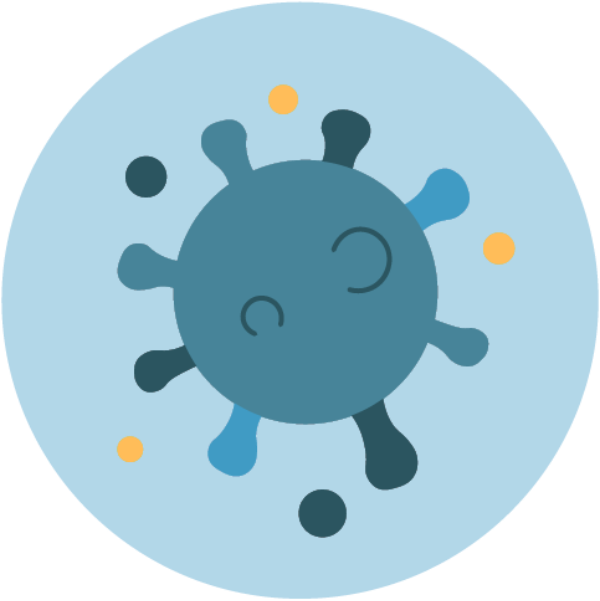
Treating ADHD The Natural Way; The Logical Way
 Dr. Kim
on
Dr. Kim
on
Do you or someone you know struggle with ADHD? Read below to inform yourself about natural treatment plans for specific types of ADHD.
What is ADHD?
Attention deficit hyperactivity disorder, also known as ADHD and formerly as ADD, is an affliction people all over the world endure. Common symptoms include inattentiveness, impulsivity, and hyperactivity but symptoms are shown to differ from person to person. Risk factors for ADHD may be attributed to blood relation to those with ADHD or another existing mental health disorder and exposure to environmental toxins, such as lead found in paint and old pipes. Maternal drug or alcohol use and smoking during pregnancy also increases the likelihood of inheriting the condition. Molecular genetic studies have identified several genes that may increase a person’s susceptibility to ADHD. Much of the literature agrees that when there is a dysfunction in the “brain reward cascade,” especially in the dopamine system, the brain may require dopamine in attempts to avoid unpleasant feelings. This high-risk genetic trait can lead to drug-seeking behaviors, because the drugs activate release of dopamine, which can diminish abnormal cravings. With the formation of a gene called DRD2 A1 allele, the expression of the normal laying down of dopamine receptors in brain reward sites is prevented. This gene correlates to deficient functions and predisposes individuals to higher risk for addictive, impulsive, and compulsive behavioral propensities; a person with ADHD may display milder symptoms of anxiety, irritability, hyperactivity and risk tasking, or more severe symptoms such as compulsive shopping, gambling, sexual behaviors, drug addiction, alcoholism, smoking and eating disorders.

The condition is usually diagnosed in childhood, when difficulties begin to arise during play and school. ADHD is often labeled as a lack of concentration, short attention span, and physical restlessness. ADHD is often wrongfully blamed on a child’s attitude or on the failure of parenting styles. However, brain-imaging studies performed on children with the disorder have demonstrated that patients exhibit underlying neurological dysfunction, which likely accounts for their behavior. These scans have shown that certain important brain pathways function normally in individuals with ADHD but the cortical regions involved in attention, impulse control, and stimulus integration abilities are not fully active.
Symptoms of ADHD

Exhibitions of the mentioned symptoms, such as short attention span and restlessness, are manifestations of heightened awareness to incoming stimuli, particularly sight, sound, and touch. The bombardment of stimuli in an ADHD brain consequently leads to the inability to filter out background noise which results in trouble focusing or completing seemingly simple tasks. Someone with ADHD might have trouble completing what they start and have difficult making plans and carrying out plans in an orderly manner. Generally, people with ADHD tend to be disorganized or are described as chaotic in the management of their personal affairs or spaces, such as their bedroom or workspace. While individuals with the disorder possess great potential they are often deemed underachievers because of their inability to maintain interest; often their peers, family and coworkers become impatient with them and expect the individual to fail. Another symptom of the disorder pertains to issues in adapting to minor changes in routine; changes such as moving to a new city or the introduction of a substitute teacher in the classroom can be highly upsetting to individuals with ADHD.
Those with the disorder live under a great deal of stress which inhibits them from being able to handle frustration; when frustrating events occur they are likely to become angry, which has the potential to transition to outbursts and explosive behavior, such as tantrums or harsh words used in the heat of the moment. While such behavior is usually punished and forgiven with younger children, it is often not tolerated in adults in the workplace. With higher levels of frustration, those with ADHD become impatient regularly. Waiting in a line or engaging in social activities, such as attending the movies or going on a trip with friends, can make these individuals frantic because they want the event to be finished quickly. Impatience also leads to impulsivity. Whereas children with ADHD leap into action without considering the consequences, adults with ADHD recklessly plunge into action that can potentially lead to life-threatening outcomes e.g. speeding or using power tools carelessly. Another symptom of ADHD relates to one’s orientation to time and space. Individuals may struggle to read a map, tell time and differentiate left from right. As children these individuals have a constant need to move, squirm, twist and get into everything. As adults they are restless, rebellious, bored and distracted.
Types of ADHD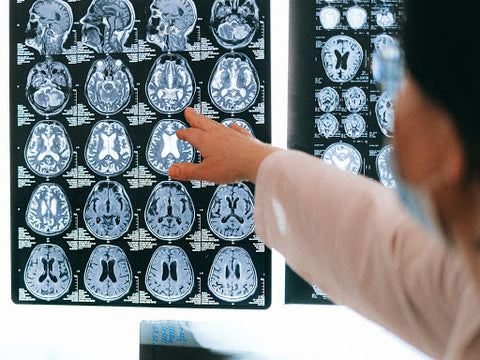
Research by Dr. Daniel Amen has identified 7 types of ADHD through brain imaging work. Each type has its own set of symptoms, thus treatment for ADHD should not take a one size fits all approach. While one treatment plan could work for an individual with ADHD, it may not work for another or could even make their symptoms worse. For instance, treatment for classic ADHD might include stimulant medications such as Ritalin, Adderall, Vyvanse or Concerta, or stimulating supplements, such as rhodiola, green tea, ginseng, as well as the amino acid L-tyrosine, which is a building block of dopamine; extra physical activity; fish oil that is higher in EPA than in DHA. Contrarily, treatment for Anxious ADHD should aim to promote relaxation and increase dopamine and GABA levels. ADHD stimulants, taken alone can make patients more anxious so a range of “calming” supplements, such as L-theanine, relora, magnesium, and holy basil are usually prescribed. Tricyclic antidepressants, Imipramine or Desipramine also lower anxiety depending on the individual, and finally neurofeedback is used to decrease symptoms of anxiety, especially to calm the prefrontal cortex.The following are the seven classifications of ADHD:
Type 1: Classic ADHD.
Type 2: Inattentive ADHD.
Type 3: Overfocused ADHD.
Type 4: Temporal Lobe ADHD.
Type 5: Limbic ADHD.
Type 6: Ring of Fire ADHD.
Type 7: Anxious ADHD.
How is ADHD Typically Treated?
According to CHADD (Children and Adults with ADHD), 3.5 million school age children live with ADHD, and it usually persists throughout their lifetime. Approximately one-half to two–thirds of children with ADHD will continue to have significant problems with ADHD symptoms and behaviors as adults, in which it impacts their ability to work, socialize and maintain relationships. ADHD has been recognized as a disability under federal legislation since the Rehabilitation Act of 1973. Appropriate and reasonable accommodations are sometimes made at school for children with ADHD, but symptoms of ADHD often only managed with drugs.
The American Academy of Child and Adolescent Psychiatry (AACP) states that the aim of any ADHD treatment is to reduce symptoms and help the child function at a normal level. Common conventional therapies are targeted at suppressing symptoms by inhibiting, blocking or amplifying production, reception and/or disposal of various neurotransmitters e.g. serotonin with selective serotonin reuptake inhibitors. These therapies can carry some associated undesirable risks which has spurred much objection to the administration of controlled substances to children because they are potentially addictive and injurious to the brain.
Treatment besides medication includes therapy, family support, educational support, or a combination of these. A particular study compared attentional abilities of two groups of children with ADHD, one group after treatment with Ritalin, and the other after treatment with dietary supplements (a mix of vitamins, minerals, phytonutrients, amino acids, essential fatty acids, phospholipids, and probiotics). Surprisingly to some, both groups showed significant improvement; these findings support the effectiveness of nutritional supplement treatment in improving attention and self-control in children with ADHD and suggest nutritional supplement treatment of ADHD may be of equal efficacy to Ritalin treatment.
Can ADHD Be Treated Naturally?

While there are seven types of ADHD that each require a unique treatment plan, there are some general, natural treatment initiatives individuals can incorporate into their treatment routine:
- Take wholefood, professional grade multivitamin and mineral supplement every day. Studies have reported that they aid those with learning and help prevent chronic illness. These can be found at Robinson Rx.
- Adults should take about 2,000 to 6,000 mg of high-quality fish oil a day (1,000-2,000 mg for children.) Research shows that fish oil higher in the EPA form of omega-3s may be the best, depending on the specific type of ADHD.
- Eliminate caffeine and nicotine. Both are known to interfere with sleep and several treatment recommendations.
- Exercise daily for 30-45 minutes.
- Limit television, video games, and device time to no more than 30 minutes a day.
- Food is a drug. Most people with ADHD do best with a higher protein, lower simple carbohydrate diet, but this is not applicable to all types of ADHD. The role of nutrition in ADHD management is paramount; poor diet, such as a diet high in sugar or processed foods can have negative effects on other ADHD symptoms.
- Do not yell at individuals with ADHD. Many people with ADHD have low activity in the front part of their brains, due to lower levels of the neurotransmitter dopamine. To feel more alert, they often find themselves seeking conflict or excitement because it excites their unconscious, low-energy front cortex. Because of this they come to crave conflict, to the point it can be considered an addiction. Do not let your anger become their method of medication.
- Test children and adults with ADHD for learning disabilities. Learning disabilities manifest in 60 percent of people with ADHD and are most common in type 4, Temporal Lobe ADD.
- Never give up seeking help
Other natural treatments may incorporate full-spectrum CBD, such as Im·bue Black Label Tincture, which has been shown to aid in neurotransmitter balance. Additionally, many individuals with ADHD have reported success with meditation exercises. Meditation drives the body toward a parasympathetic state which helps in promoting calmness and decreases impulsive activity. Life with ADHD can be stressful to the individual it directly affects and also to the people who love and support that person. By consulting with a doctor about tailored treatment plans and by implementing the above natural remedies, individuals with ADHD can find the balance they require for a happy and successful life.
0 comments
You Must be logged in to post a comment.





